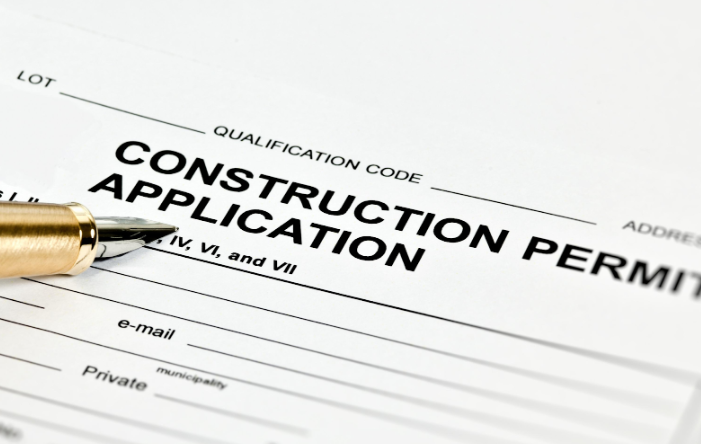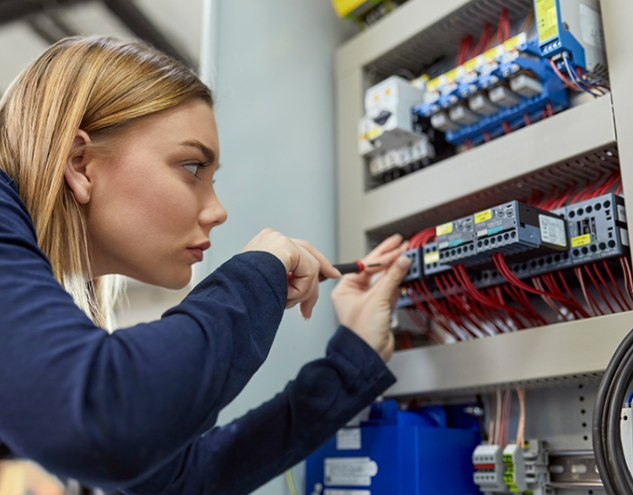Balcony solar systems are becoming increasingly popular among urban dwellers looking to reduce their energy bills, embrace renewable energy, and contribute to sustainability. These compact systems are ideal for apartment owners or renters with limited space, as they can be installed on balconies, terraces, or small outdoor areas. However, like any home improvement project, installing a balcony solar system comes with its challenges.
1. Limited Space for Solar Panels
Challenge: One of the most common challenges when installing a balcony solar system is limited space. Most balconies in urban areas are not large enough to accommodate multiple solar panels, especially for systems designed to power an entire home. This restriction can make it difficult to generate enough energy to meet your needs.
Solution:
Use compact, high-efficiency panels: Opt for high-efficiency solar panels like monocrystalline panels, which produce more energy per square meter than traditional panels. This allows you to make the most out of the limited space available on your balcony.
Focus on smaller appliances: If space is limited, consider using your solar system to power smaller appliances or devices, such as lights, small electronics, or even charging stations for phones and laptops. This can still help reduce your overall energy consumption.
Adjust the tilt: If you’re unable to use a large number of panels, optimizing the tilt angle of the panels can increase their efficiency, maximizing the amount of energy they generate.
2. Shading from Nearby Objects
Challenge: Shading from surrounding buildings, trees, or other structures can significantly reduce the efficiency of your balcony solar system. Even partial shading can cause significant drops in power output, making it challenging to meet energy demands.
Solution:
· Panel placement: Carefully assess your balcony’s exposure to sunlight and place the panels in the areas with the least shading throughout the day. Pay attention to how shadows move as the sun shifts and consider placing the panels in the sunniest corners.
· Use microinverters or power optimizers: These technologies can help mitigate the impact of shading. While traditional inverters can cause power loss when one panel is shaded, microinverters and power optimizers ensure each panel operates independently, improving overall system efficiency.
· Trim surrounding vegetation: If trees or other plants are casting shade on your panels, consider trimming them back to allow for better sunlight exposure. Always check local regulations before making any changes to landscaping.
3. Understanding Local Regulations and Permits
Challenge: Installing a balcony solar system often requires navigating local regulations, building codes, and permit requirements. Many municipalities or housing complexes may have restrictions on making modifications to a building, especially in rented apartments.

Solution:
· Check with local authorities: Before starting the installation, research or contact local authorities about zoning laws, building codes, and any required permits. Some regions may require permits for solar installations, while others may have specific restrictions or requirements for balcony setups.
· Get approval from landlords or HOA: If you're renting or living in a condo or apartment with an HOA, you will need to get approval from the landlord or association. Some rental agreements may have clauses that limit your ability to install solar panels, so it’s essential to understand the terms before proceeding.
· Use portable or temporary systems: In situations where installation requires heavy modifications, consider using portable solar systems or plug-and-play kits. These systems can be placed on your balcony without permanent alterations and may not require permits.
4. Installation Complexity
Challenge: While balcony solar systems are generally designed to be easy to install, they can still present challenges for DIYers, especially when it comes to the mounting, wiring, and electrical connections. Improper installation could lead to safety hazards or reduced system efficiency.
Solution:
· DIY kits with detailed instructions: Many balcony solar systems come as plug-and-play kits that are easy to install, even for beginners. Look for systems that offer clear instructions and include all the necessary components, such as mounting brackets, wiring, and inverters.
· Seek professional help if needed: If you’re unsure about handling electrical components, it may be worthwhile to hire a professional installer, especially if your system involves complex wiring or battery storage.
· Consider installation accessories: Use the proper mounting system for your balcony. Some systems are designed specifically for balcony use and come with brackets or mounts that allow you to secure the panels to the railing or walls without damaging the property.

5. Choosing the Right Solar Power Charge Controller
Challenge: A solar power charge controller is an essential component of any solar system, regulating the voltage and current from your solar panels to charge the batteries safely. Selecting the right charge controller for your balcony solar system can be confusing, especially with the two main types available: PWM (Pulse Width Modulation) and MPPT (Maximum Power Point Tracking).
Solution:
· Understand your power needs: If you have a smaller system, a PWM charge controller will likely suffice. It’s a more affordable option, but less efficient than MPPT controllers. For larger systems, or if you want to maximize energy efficiency, an MPPT charge controller will help you harvest the most power from your panels.
· Buy a system with an integrated charge controller: Some balcony solar kits come with pre-integrated charge controllers, making the selection process easier. These kits are designed to match the panels with the appropriate charge controller, reducing guesswork.
6. Safety Considerations
Challenge: Safety is always a concern when dealing with electricity, especially if you’re unfamiliar with electrical systems. Ensuring that your balcony solar system is installed and maintained properly is crucial to avoid risks such as fires, electric shocks, or damage to the system.
Solution:
· Follow manufacturer guidelines: Always refer to the user manual provided with your balcony solar system and adhere strictly to installation instructions.
· Use certified components: Choose components (such as cables, connectors, and charge controllers) that are certified for safety and meet the required electrical standards.
· Regular maintenance: Periodically check the panels and wiring for signs of wear or damage. If you notice anything unusual, it’s best to consult a professional.
Conclusion
Installing a balcony solar system can be a rewarding and cost-effective way to contribute to sustainable energy use, reduce electricity bills, and even provide backup power during outages. However, as with any project, there are challenges to overcome, such as limited space, shading, navigating regulations, and choosing the right components.
By addressing these challenges with the right planning, equipment, and knowledge, you can ensure a smooth and successful installation. Whether you’re looking for a small system to power your lights or a larger system to offset your energy consumption, overcoming these hurdles will help you maximize the benefits of your balcony solar system.
If you’re ready to install your balcony solar system, take the time to research the best options, understand the requirements, and consider consulting with experts to make sure your solar setup is both efficient and safe.


